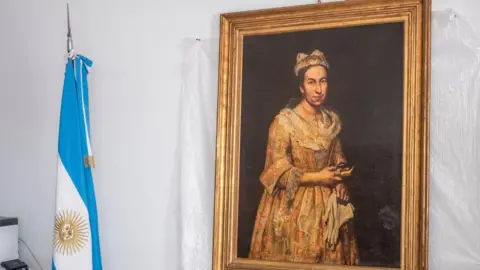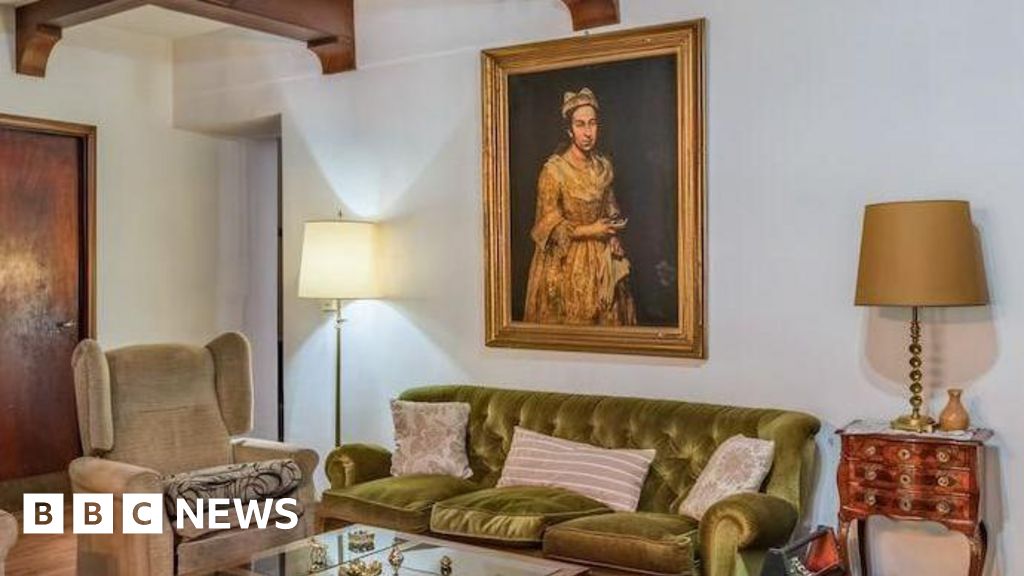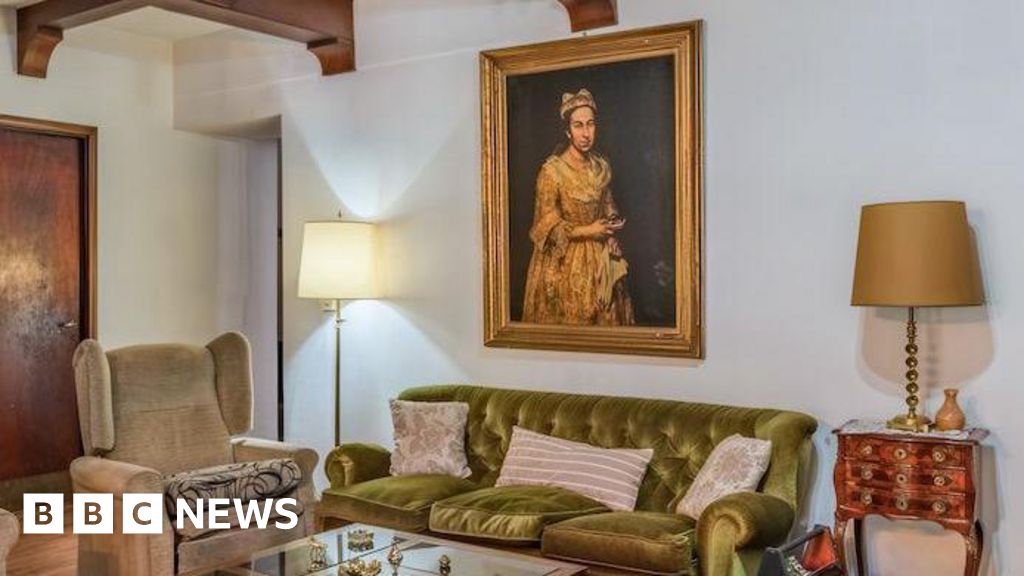The museum is currently consulting conservation experts from both domestic and international sources to determine the most effective treatment for the artwork. They expressed optimism that the piece could be displayed again in the future. Conservation manager Sophie McAloone indicated that because Rothko’s work utilizes modern unvarnished techniques, it is particularly susceptible to damage. She noted that any small imperfections can significantly affect the visual experience of such pieces.
The Rothko artwork was being displayed at the Depot, a publicly accessible storage space adjacent to the main museum, as part of a collection that showcases the gallery's popular pieces. Marketing manager Jonny Helm pointed out that the incident raises important questions for UK institutions like the V&A East and the British Museum, which are rethinking their approaches to displaying artworks typically kept away from public view.
Restoration projects for Rothko paintings present unique challenges due to the artist's complex mix of materials and the unvarnished nature of the work, which exposes it to environmental factors. As conservators begin to document the damage and explore possible restoration techniques, the museum has not commented on potential liability or costs associated with the repairs; however, previous instances of damage in galleries show that accountability measures exist.
Historically, Rothko artworks have been targets of vandalism, including a notable case in 2012 when a man was imprisoned for deliberately damaging another Rothko piece in London. Insurance expert Rachel Myrtle mentioned that most fine art policies cover accidental damage, which often involves the appointment of a specialized loss adjuster.
Just as various institutions have adopted different policies in dealing with art damage caused by children, this incident in Rotterdam contributes to ongoing dialogues about the care and protection of high-value artworks in public spaces. While the Museum Boijmans Van Beuningen has previously held visitors accountable for damage, it remains to be seen how they will address this recent occurrence involving a young patron.
The Rothko artwork was being displayed at the Depot, a publicly accessible storage space adjacent to the main museum, as part of a collection that showcases the gallery's popular pieces. Marketing manager Jonny Helm pointed out that the incident raises important questions for UK institutions like the V&A East and the British Museum, which are rethinking their approaches to displaying artworks typically kept away from public view.
Restoration projects for Rothko paintings present unique challenges due to the artist's complex mix of materials and the unvarnished nature of the work, which exposes it to environmental factors. As conservators begin to document the damage and explore possible restoration techniques, the museum has not commented on potential liability or costs associated with the repairs; however, previous instances of damage in galleries show that accountability measures exist.
Historically, Rothko artworks have been targets of vandalism, including a notable case in 2012 when a man was imprisoned for deliberately damaging another Rothko piece in London. Insurance expert Rachel Myrtle mentioned that most fine art policies cover accidental damage, which often involves the appointment of a specialized loss adjuster.
Just as various institutions have adopted different policies in dealing with art damage caused by children, this incident in Rotterdam contributes to ongoing dialogues about the care and protection of high-value artworks in public spaces. While the Museum Boijmans Van Beuningen has previously held visitors accountable for damage, it remains to be seen how they will address this recent occurrence involving a young patron.





















